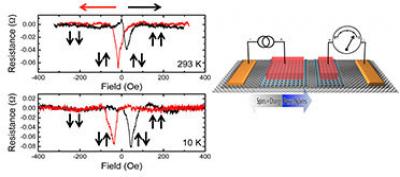Will perovskites hold the key to spin-based quantum computing?
Researchers from the Energy Departmentâs National Renewable Energy Laboratory (NREL), quite accidentally, discovered that perovskite materials, grown using solution processing, exhibit the optical Stark effect at room temperatures.
The NREL team used the Stark effect to remove the degeneracy of the excitonic spin states within the perovskite sample. The optical Stark effect can be used to create promising technologies, including the potential to be used as an ultrafast optical switch. In addition, it can be used to control or address individual spin states, which is needed for spin-based quantum computing.




